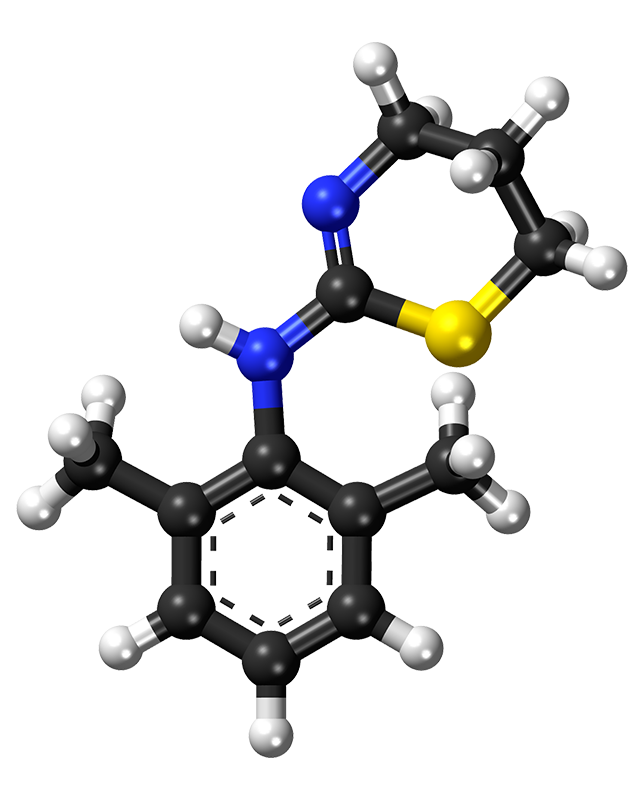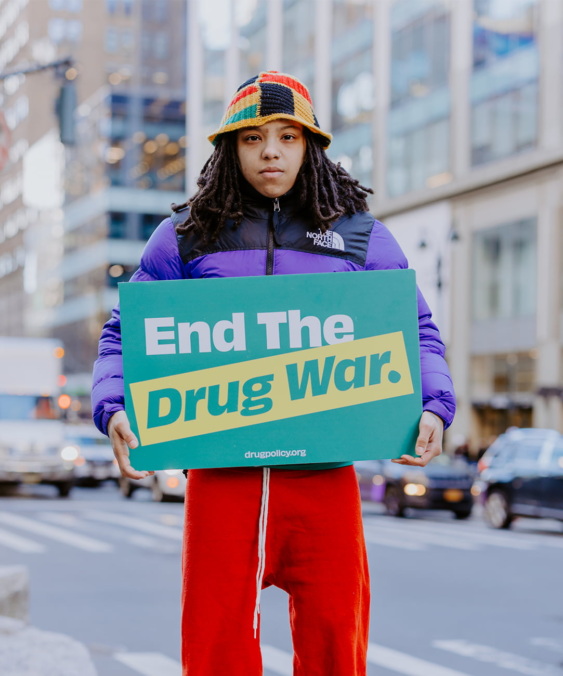
What is xylazine and what are the effects of xylazine on the body?
Xylazine is a sedative increasingly detected in the illicit drug supply.
We need a health approach to xylazine.
The general public knows very little about xylazine, and so much of the information on xylazine promotes fear and criminalization instead of helping people. To address our collective safety and well-being—and save lives—information on xylazine must be factual so people can make safer choices. Our responses to people who use drugs must be rooted in health. Here is what you need to know:
Xylazine is a sedative increasingly detected in the illicit drug supply.
Xylazine, also known as tranq, sleep cut, or anestetico de caballo, is a sedative drug that has been increasingly detected in fatal overdoses in some parts of the U.S. In these regions, it is being mixed into underground opioid and fentanyl supplies. Xylazine is not approved for medical use in humans. It is only FDA-approved for veterinary use with large mammals as a sedative and pain reliever.
It is appearing in the drug supply more now because it is relatively inexpensive and easy for distributors to procure. Xylazine typically is sourced from online suppliers in the underground market.
Xylazine was first detected as an adulterant in underground heroin supplies in Puerto Rico over 20 years ago. However, it has spread and become more common stateside in recent years. It emerged in Philadelphia, PA, over three years ago. By 2021, xylazine was detected in 90% of street opioid samples in Philadelphia. It has been increasingly detected in overdose deaths and drug seizures in the northeast, including in New York City, Maryland and Connecticut.
Xylazine is typically added to opioids to prolong their effects.
Research suggests that xylazine is synergistic with opioids, prolonging the duration and effect of drugs such as fentanyl and heroin. Because opioids have a short half-life, the effect wears off quickly. This is particularly true for people who use opioids often. This means they must seek out the drug frequently to manage opioid cravings and withdrawal symptoms. Xylazine mimics the drowsy feeling of an opioid high and extends the sensation of euphoria. Because of this, xylazine is typically added to opioids and not consumed in isolation.
Drug prohibition leads to new drugs like xylazine entering the illicit drug supply.
It is also likely that xylazine is being added to the fentanyl supply due to increased penalties and crackdowns on fentanyl and fentanyl analogues. When an underground supply chain is disrupted due to drug seizures, manufacturers and distributors often add various adulterants to their drugs to stretch their supplies farther. It is likely that xylazine is added to fentanyl to extend the effects of a much smaller quantity and purity of fentanyl in our drug supply.
Xylazine can cause harmful side effects.
Xylazine is an adulterant. That means people are often not aware of its presence or the amount of it in their drug supply. This lack of control over polysubstance (using more than one drug) exposure can cause harmful side effects. This is because people are unable to prevent accidental exposure.
When taken in large doses or with opioid drugs, xylazine can lead to drowsiness, heavy sedation, and loss of consciousness.
The acute effects of xylazine include:
- profound sedation,
- blurred vision,
- dry mouth,
- low blood pressure,
- low heart rate,
- weak reflexes,
- respiratory depression,
- disorientation,
- drowsiness,
- slurred speech,
- and risk of overdose.
Chronic effects can include:
- incontinence,
- high or low blood sugar,
- anemia,
- and in some cases, severe skin wounds.
Xylazine withdrawal presents its own challenges since tranquilizer withdrawal is associated with anxiety and mood disturbances, and there are currently no approved medications for xylazine treatment or withdrawal management.
Complications of xylazine consumption can be debilitating. Xylazine causes profound sedation and loss of awareness, leading to blackouts that can last for up to 4 hours. While unconscious, sometimes the person cannot be awakened. If they fall or collapse, they may stay in the same position for hours, cutting blood flow off at limbs and extremities. When sedated on xylazine, one may also be vulnerable to heat or cold exposure if outdoors. There is also the risk of choking or being unable to breathe if airways are blocked off.
It’s important that we have a health approach to xylazine that invests in addiction services and social supports. This includes voluntary treatment, housing, employment, harm reduction (including overdose prevention centers), recovery services, and peer support. We also need to start conversations about safer supply so that people know what’s in the drugs they are getting.
